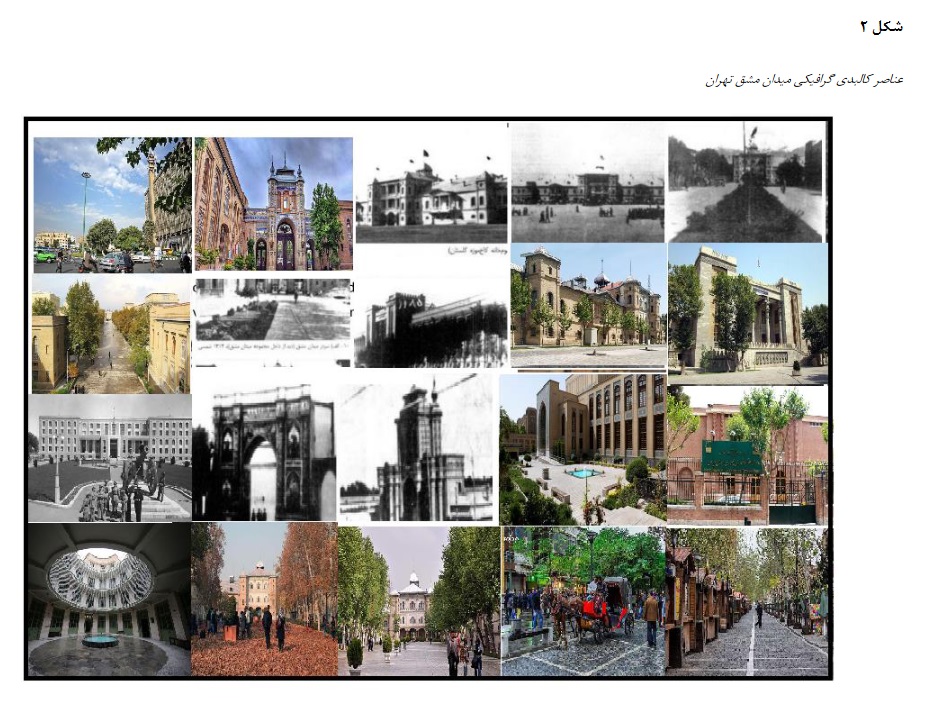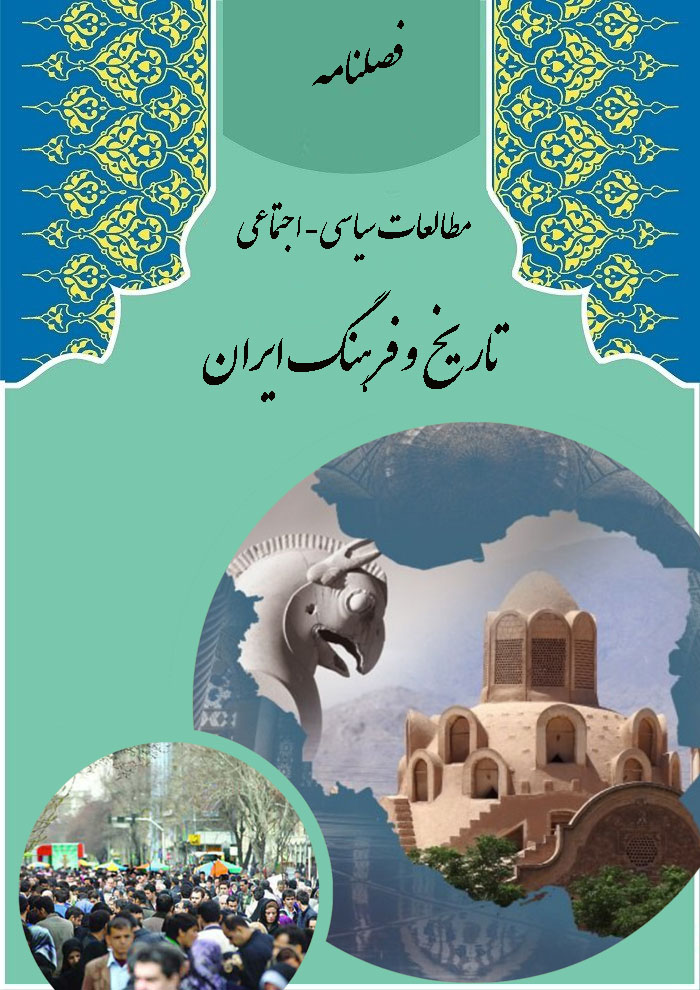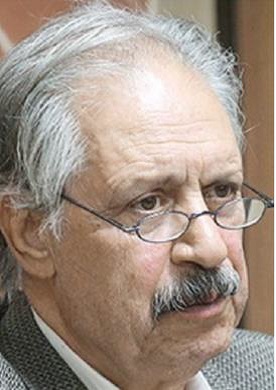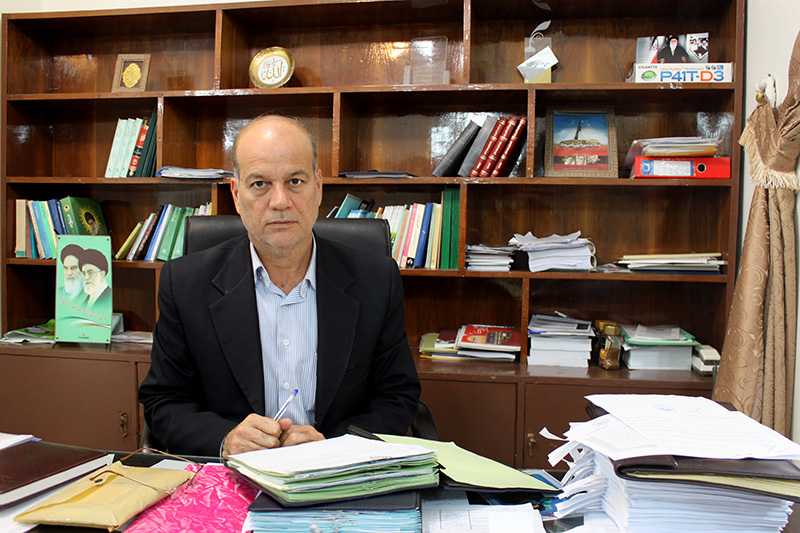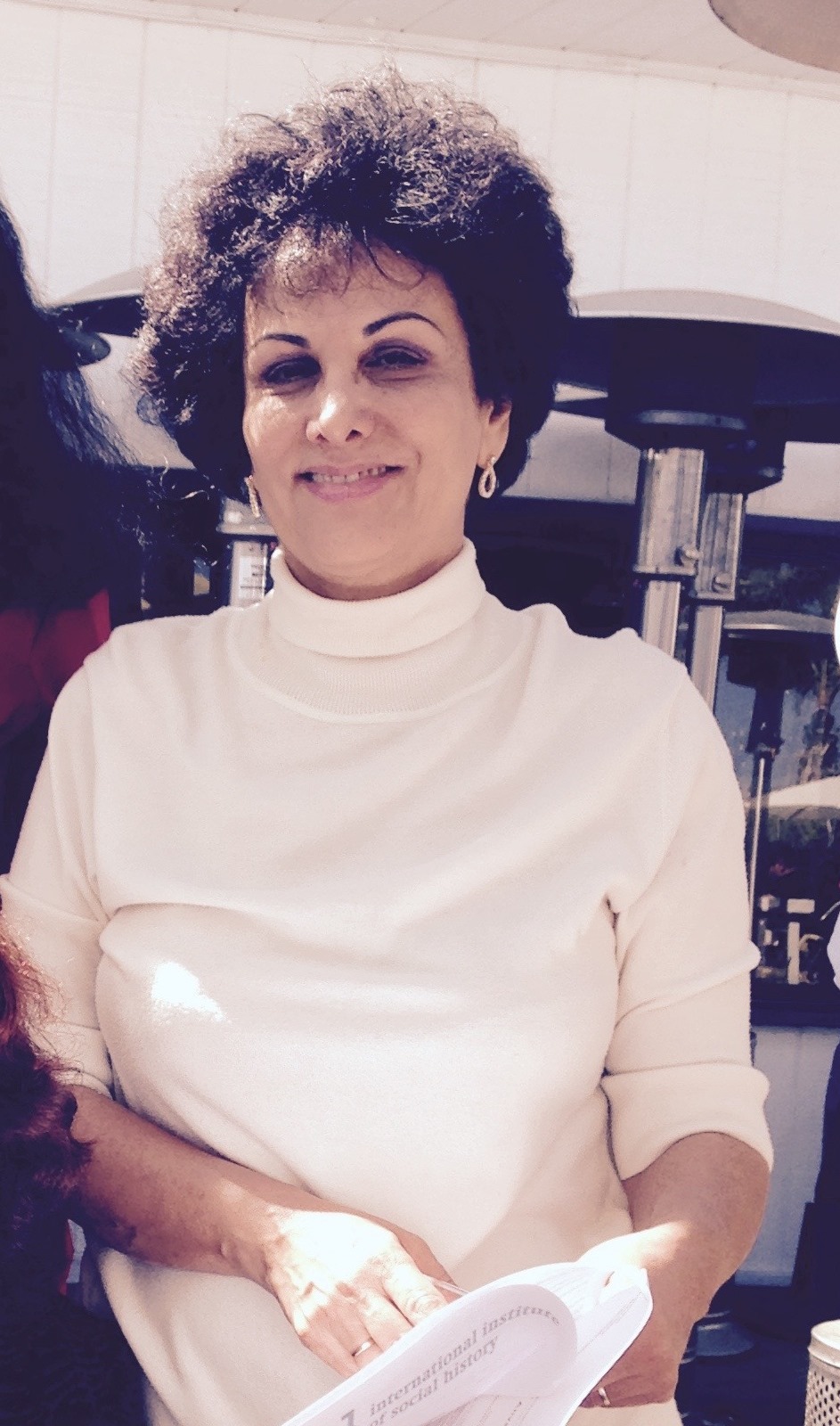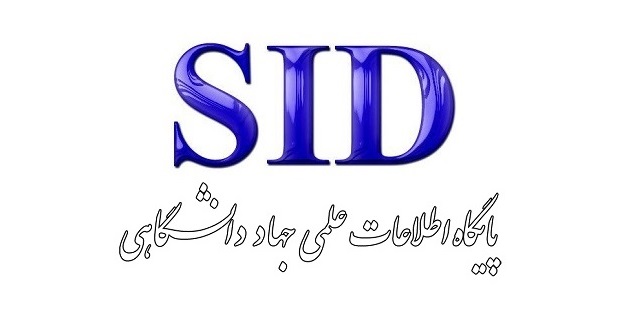Factors Influencing the Spatial Identity of the Historic Mashq Square (National Garden) in Tehran from an Environmental Graphic Design Perspective
Keywords:
Spatial Identity, Environmental Graphics, Urban Space, Mashgh Square TehranAbstract
One of the key aspects of reviving cultural and social identity is paying attention to the visual identity of environmental graphics and the furniture of human habitats, which reflects human behavior and actions. In this context, greater attention to the native spaces of historic squares, as symbols of the culture and civilization of a region or a nation, appears necessary. The aim of this research is to examine the factors influencing the spatial identity of the historic Mashq Square (National Garden) in Tehran. The research methodology is descriptive-analytical and interpretative, and it falls under the category of qualitative research. Given the relationship between humans and the environment, and the events that occur in the environment such as public spaces in the city, a qualitative interpretative method was used, which was conducted in four stages: 1) Explanation and formulation of the research problem, 2) Explanation of the theoretical framework of the research, 3) Operationalization of data and findings, and 4) Interpretation and analysis of the spatial identity of Mashq Square in Tehran with an environmental graphic design approach. The findings showed that in seating areas, which serve as places for rest and pause, the readability of environmental graphics, in terms of details and proportions, is more effective. The urban furniture in Mashq Square, in terms of the use of materials that are harmonious with the environment and durable, the application of vibrant and attractive colors, the provision of security, and the placement of statues within the square, along with urban elements in the square, all based on field studies, are in a very favorable condition in Mashq Square, Tehran. All these interrelated factors contribute to creating a sense of place, spatial identity, and vitality in the square.
Downloads
